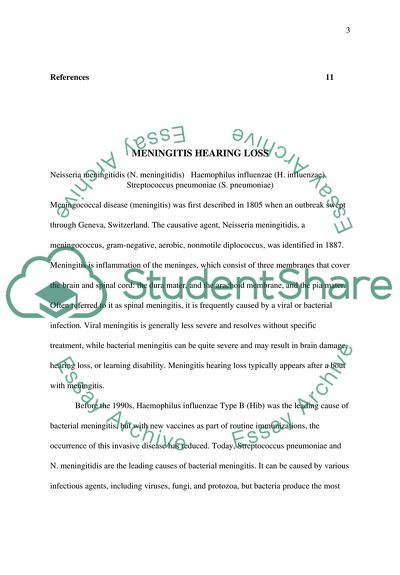Cite this document
(“Meningitis Essay Example | Topics and Well Written Essays - 1250 words”, n.d.)
Retrieved from https://studentshare.org/miscellaneous/1536212-meningitis
Retrieved from https://studentshare.org/miscellaneous/1536212-meningitis
(Meningitis Essay Example | Topics and Well Written Essays - 1250 Words)
https://studentshare.org/miscellaneous/1536212-meningitis.
https://studentshare.org/miscellaneous/1536212-meningitis.
“Meningitis Essay Example | Topics and Well Written Essays - 1250 Words”, n.d. https://studentshare.org/miscellaneous/1536212-meningitis.


